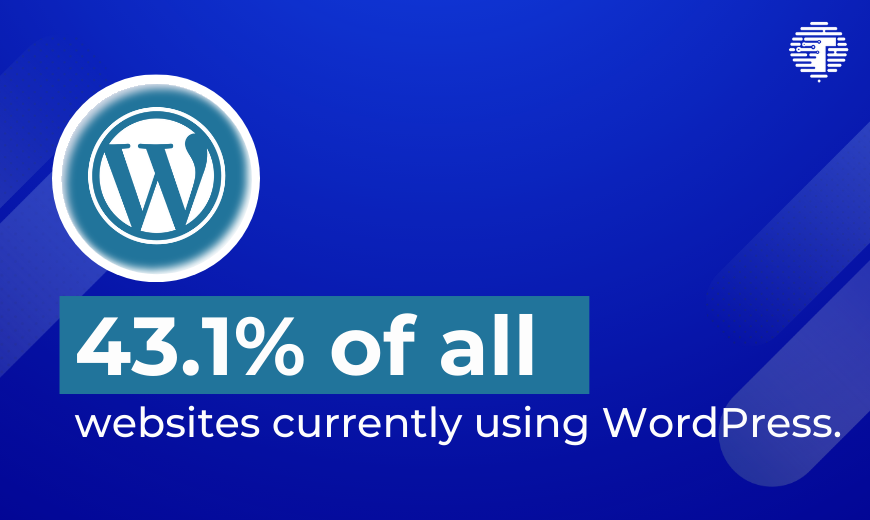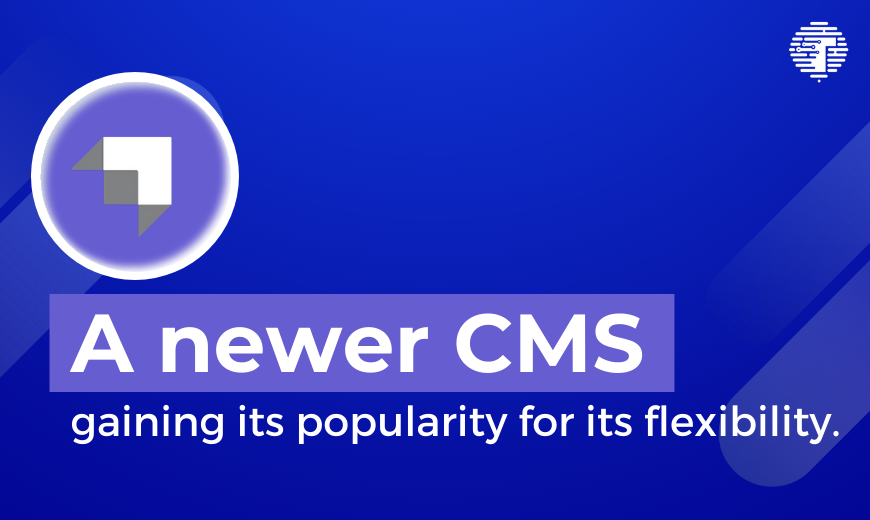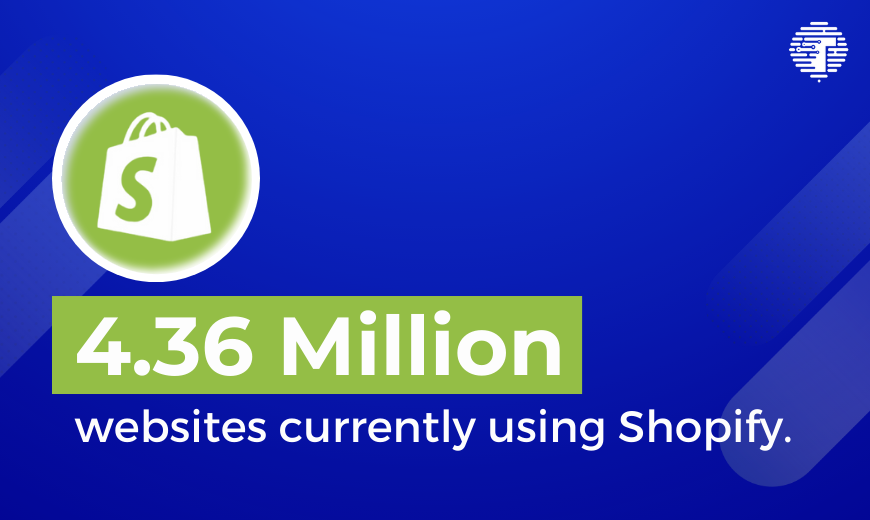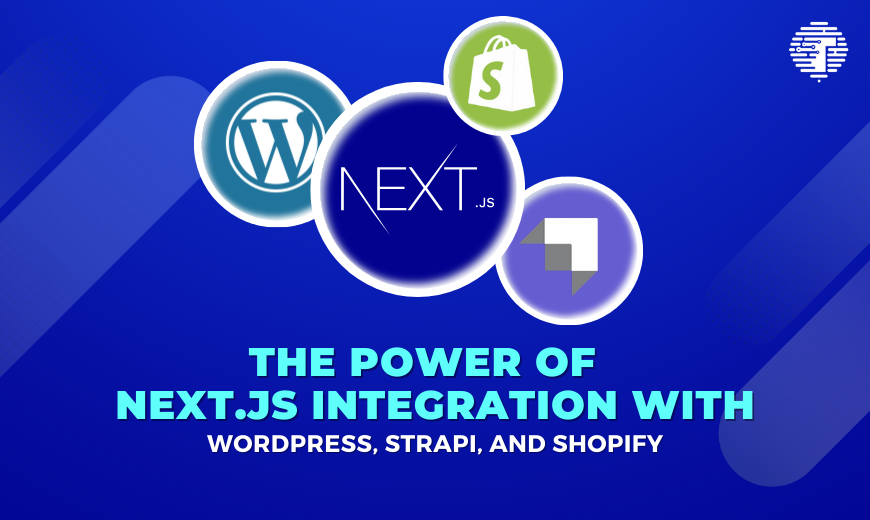Introduction
In the dynamic world of frontend development, you must have heard a lot about “Next.js” in the past many years. Even though it’s a newer framework, 16.67% of developers worldwide have been using the framework in 2023 so far.
At Trienpont International, we have put the Next.js to the test and completed multiple successful projects with it as our primary frontend framework. Our hand-on experience has given us a deep appreciation for the robust capabilities of Next.js.
Today we are pleased to share case studies on projects built using Next.js with Shopify for eCommerce, WordPress for websites, and Strapi for headless websites. Also we will take you to dive into the power and challenges of Next.js and insight from our developers who led these projects.
Let’s explore how we can leverage the power of Next.js.
A Deep Dive into Diverse Frontend Integrations
With Next.js, developers can craft diverse web applications ranging from static websites and eCommerce platforms to progressive web applications, and serverless cloud applications.
Here are our case studies of the backend integrations with Next.js.
Integration of Next.js with WordPress for web development

WordPress is the most popular CMS, hosting 43.1% of all websites on the internet. It has a wide range of plugins and themes. Plus, there’s a big community always ready to help. (Discover the power of WordPress here.)
Pros of using Next.js with WordPress
- Familiar content management: WordPress is a widely-used CMS known for its user-friendly content management capabilities. When integrated with Next.js, it offers efficient content management and a familiar interface for content creators.
- SEO advantages: Next.js enhances web applications optimization for search engines, and when integrated with SEO plugins from WordPress, it boosts search ranking optimization.
- Enhanced performance: Next.js’s server-side rendering boosts page load speed, and WordPress’s efficient content management and SEO plugins optimize both SEO and user experience.
- Community driven: Both Next.js and WordPress have a strong and vast community, ensuring continuous updates and support.
Cons of using Next.js with WordPress
- WordPress being heavyweight: While WordPress is versatile and can handle many types of websites, its inherent structure and reliance on plugins can make it less ideal for projects with complex, custom, or highly specialized requirements.
- Plugin Costs: The use of plugins in WordPress can incur costs, especially for premium plugins, adding to the overall expenses of the integration.
- Integration challenges: Integrating a CMS with a dynamic system like Next.js can demand significant data management and routing effort.
- Routing complexity: Routing complexity in Next.js with WordPress integration involves defining dynamic routes for different WordPress content types. This requires custom code and careful planning for user-friendly URLs.
Tips and Best Practise
Usman, one of our talented web developers with 6+ years of web development experience, has shared his insight on integrating Next.js with WordPress. He said, “it’s crucial to utilize the REST API and GraphQL. Value caching and blend Static Generation with Server-Side Rendering. Ensure the structure of data is correct and clean in WordPress and maintain a consistent focus on SEO and Performance optimization.”
Integration of Next.js with Strapi for Headless Websites

Strapi, an emerging open-source CMS, offers versatility similar to WordPress but stands out with its ease of extension through custom plugins. This makes it ideal for projects needing tailored solutions. Paired with Next.js, the duo delivers a high-performance, responsive web experience.
Pros of using Next.js with Strapi
- API integration: Both Next.js and Strapi are designed with a strong focus on an APIs-first approach, ensuring efficient data handling and seamless integration.
- Headless flexibility: Strapi is a headless CMS, providing flexibility in structuring and delivering content, making it suitable for a wide range of projects.
- Scalability: Strapi’s headless architecture and API-first approach make it scalable and adaptable to evolving project needs.
- High security: Using Next.js with Strapi boosts security via server-side rendering, robust API protections, and modern authentication methods.
Cons of using Next.js with Strapi
- Initial setup complexity: Setting up Strapi and configuring custom content types can be complex, especially for those new to headless CMS systems.
- Customisation effort: Extensive customisation of Strapi APIs to meet specific project requirements can demand a significant development effort.
- Continuous updates: Strapi is a newer CMS and frequently updates due to its ongoing evolution. Even its stable version sees weekly changes, posing potential challenges for developers seeking consistent software stability.
Tips and Best Practise
Amira, our experienced frontend developer with 5 years under her belt, shared some insights about the integration. She said, “It’s essential to simplify API use, understand caching, and make the most of Next’s lazy loading for images. Good error handling improves both user experience and debugging.”
She also emphasized staying updated with Next.js and Strapi’s latest versions through their documentation.
Integration of Next.js with Shopify

Shopify is a leading e-Commerce platform with over 4.36 million websites currently using Shopify due to its user-friendly interface, rich ecosystem, scalability, and many more benefits. As a preferred platform for many online businesses, its combination with Next.js further elevates its versatility, which we’ll explore in this section.
Pros of using Next.js with Shopify
- Comprehensive E-Commerce Solution: Shopify’s robust infrastructure supports extensive e-commerce functionalities, ensuring a solid foundation for your online store.
- Intuitive User Interface: Shopify’s dashboard simplifies product and order management, making it user-friendly for store administrators.
- High-Speed Site Performance: Next.js’s server-side rendering enhances website load times, resulting in a better user experience, and boosts SEO , ensuring that your store stands out with a unique design.
- Flexible UX/UI: Combining both allows tailored user interfaces and experiences.
- Effortless scalability (with premium plans): The integration can handle sudden increases in website traffic, which is important for e-commerce stores that may see varying numbers of visitors.
Cons of using Next.js with Shopify
- API constraints: Shopify’s throttled API requests can limit real-time data interactions.
- Frontend adaptation: Overriding Shopify’s default themes to achieve a customized look and feel can be challenging and time-consuming.
- Checkout Integration: Customizing transactional processes, like the checkout, might require complex solutions because of the challenges involved in combining two systems.
Tips and Best Practise
Anik Sarker, our talented full stack developer with over 3 years of coding experience specializing in eCommerce says, “From my journey, I’ve learned the essence of robust API connections and the need for performance optimization. Make sure you maximize the use of Shopify APIs, Keep a seamless checkout flow and always prioritize user experience.
Empowering Web Solutions with Next.js Integration
Integrating Next.js with platforms like WordPress, Strapi, and Shopify can face challenges. Nevertheless, Next.js enhances these integrations through server-side rendering, elevating SEO and performance. Its flexible frontend simplifies customisation.
At Trienpont International, we understand the intricacies of Next.js integration. Our experienced developers excel at harnessing Next.js’s potential for dynamic web solutions. If you’re ready to explore Next.js’s capabilities, we’re here to guide and assist in your project’s success.





